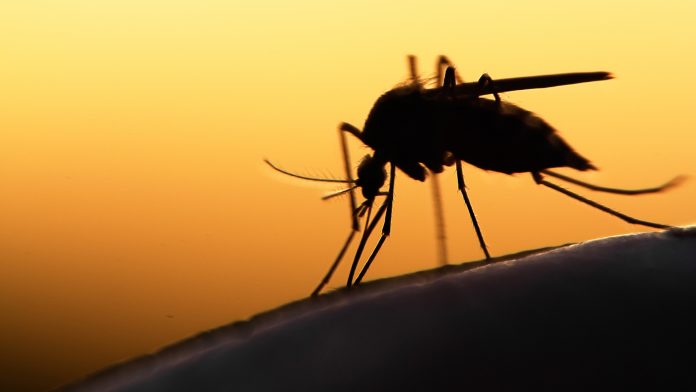
The University of Leeds has pioneered a new model for monitoring how climate change is affecting malaria transmission in Africa.
Previous methods to predict how global warming impacts the transmission of malaria relied on rainfall totals to measure surface water suitable for breeding mosquitoes.
The university’s novel approach employs various climatic and hydrological models to include real-world processes of evaporation, infiltration and flow through rivers.
The research also identified the influence of waterways, such as the Zambezi River, on spreading malaria.
The study found that nearly four times the population were living in areas suitable to malaria transmission for up to nine months of the year than was previously estimated.
Researchers believe their findings could help to develop more targeted interventions to control the spread of the disease.
Dr Mark Smith, an Associate Professor in Water Research at the Leeds School of Geography and lead author of the study, explained: “This will give us a more physically realistic estimate of where in Africa is going to become better or worse for malaria.
“And as increasingly detailed estimates of water flows become available, we can use this understanding to direct prioritisation and tailoring of malaria interventions in a more targeted and informed way. This is really useful given the scarce health resources that are often available.”
Malaria trends and impact
In 2022, malaria caused 608,000 deaths out of 249 million cases globally, with Africa bearing 95% of the burden.
However, recent years have witnessed a slowdown in malaria reduction efforts due to decreased investments in control measures.
Climate change and malaria transmission
Climate change is expected to alter malaria transmission dynamics. The researchers suggest that hotter and drier conditions forecasted from 2025 onwards may reduce the areas suitable for malaria transmission.
The new hydrology-driven model reveals that climate change impacts on malaria suitability are more significant than previously estimated.
Projections indicate varying impacts across Africa. Reductions in malaria suitability in West Africa extend further east than previously thought, while South Africa may experience increased risk along watercourses like the Orange River.
Water dynamics and disease transmission
Surface water flows significantly influence malaria transmission risks, especially along river floodplains in arid savannah regions. Changes in season length due to climate change can amplify disease transmission.
While a reduction in malaria risk seems positive, it coincides with reduced water availability and an increased risk of diseases like dengue.
The advancements in modelling aim to provide finer details of waterbody dynamics, aiding national malaria control strategies.
Enhanced global data could enable targeted interventions against malaria-carrying mosquitoes.








